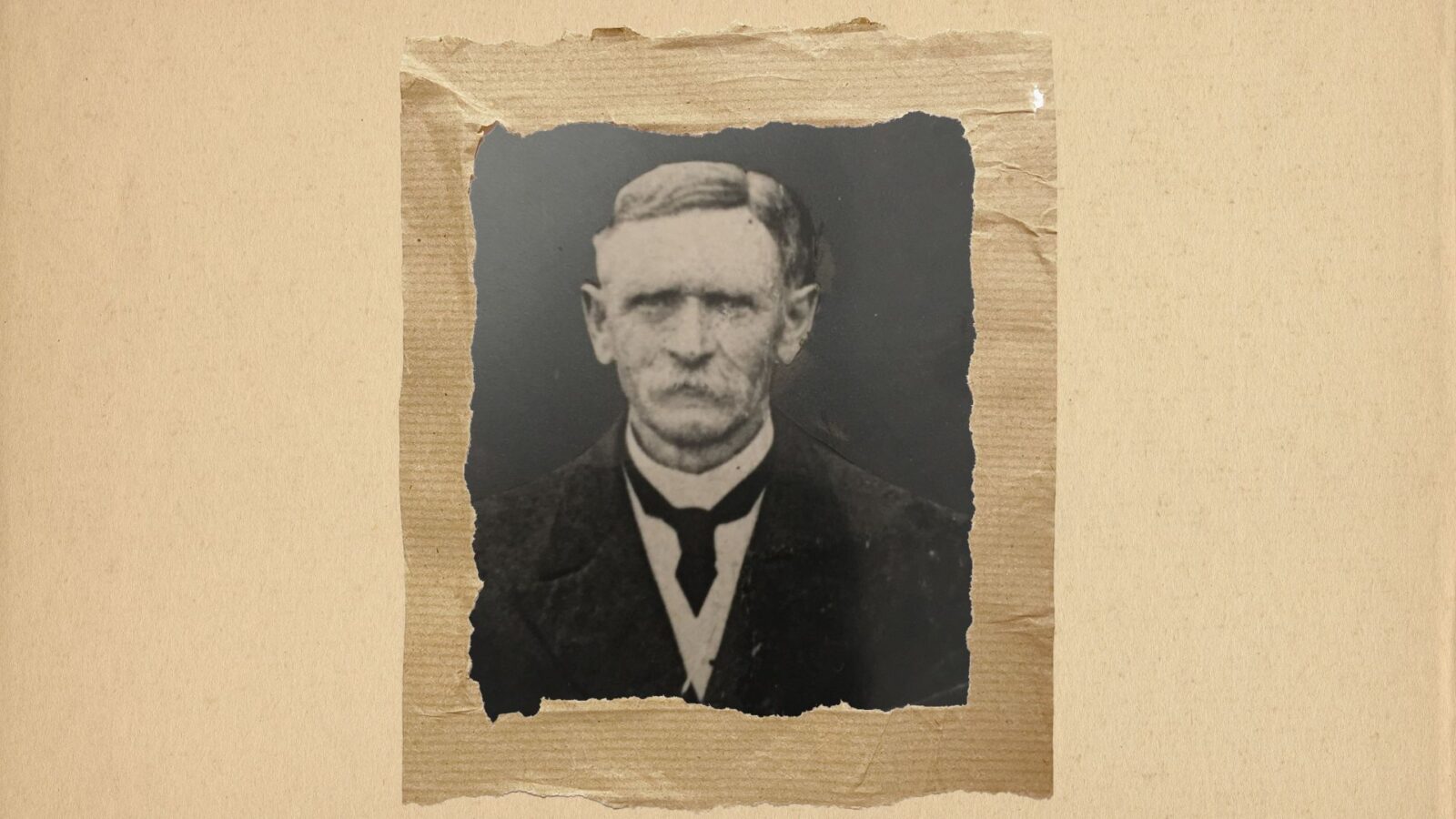John Martin Cole (1862–1937) was an early missionary to the South Pacific, a conference president in Australia, New Zealand, and the West Indies, and a minister in the United States, mainly in the north-west. John was born in Ballybay, Ireland, on April 3, 1862. In the spring of 1873, he emigrated to America with his family and was naturalised in Albion, Nebraska, in 1879.
Immediately prior to his naturalisation John, together with his parents and sister, had accepted the Seventh-day Adventist faith. He began his ministry in Oregon when he was 20. As a young man he had learned the carpentry trade and became well known as a minister who built houses of worship.
On November 30, 1890, John married Fanny Stanger Clark in Battle Creek, Michigan. Fanny was born in Worthington, Iowa, in 1868. Her family later moved to Nebraska where, like John’s family, they accepted the Adventist faith.
The Coles’ overseas mission service began in 1893 when they embarked for the South Pacific on the mission schooner Pitcairn, sailing from San Francisco on January 17, arriving at Pitcairn Island a month later without incident. During the stopover John accompanied a few others to nearby Mangareva Island and sold Bibles to the few inhabitants whose Scriptures were earlier burned by a priest. Leaving Pitcairn Island, the vessel sailed on to Tahiti, Rurutu Island, Rarotonga, Nuie Island, Tonga, Fiji and Norfolk Island. On September 9, 1893, John and Fanny disembarked at Norfolk Island to strengthen an interest that had developed among the relatives of the Pitcairners.
On Norfolk Island John visited all the families and, with some assistance, reconstructed the stone chapel that had fallen into disrepair in one corner of the former convict jail.On May 22, 1895, he formally organised the small group of believers into the Norfolk Island church and they continued to meet in the chapel John had rebuilt. A few weeks later John and Fanny transferred to Fiji with their infant daughter Ruita who had been born on Norfolk Island. The name Ruita was the islander equivalent of Ruth.
In Fiji John struggled to grow the mission. He initially established himself at Levuka on Ovalau Island but the site proved to be unsatisfactory because it was too remote from the principal centres of population. After 12 months at Levuka he hired a small boat to transport his family and goods to the capital, Suva. It was a slow and gruelling trip. They slept at night under tarpaulins while it rained heavily. The captain was such a poor navigator that several times the vessel became stuck on coastal mud banks and had to be poled off to safety while John manned the helm. Soon after settling in Suva he reported with renewed optimism that his new home was almost completed and his family was in “usual health”.
On May 5, 1897, Fanny gave birth to a baby boy in Suva. They named him Tavita, the Fijian form of David. Within weeks John and Fanny made the decision to return to America with their young children.
John took his family back to familiar Oregon. He served as an ordained minister and executive committee member in the Western Oregon Conference until 1909 when he returned to the South Pacific.
John served as president of the South Australian Conference from 1909-1911, then New Zealand Conference, 1911-1915. Ten years were then spent as president of the New South Wales Conference with offices located in Sydney. His son, Tavita, was part of his team as a licensed minister during the final four years of John’s term before the entire family returned to America in 1925. John and Fanny did not, however, return to anything like a permanent home. Almost every year after John returned to the United States he transferred to a different locality, going wherever a congregation needed his ministry and including two more years overseas as president of the Leeward Islands Conference, with head offices at St John’s, Antigua.
On his birthday, April 3, 1937, John officially retired at the age of 75. However, he did not stop preaching. On May 22 he conducted the Sabbath service at the Meadow Glade church, north of Vancouver, and in the evening gave a slide projector lecture. The following day he felt unwell and passed away that same evening. Four months later, on September 27, 1937, Fanny passed away in the Portland Sanitarium, Oregon. Both John and Fanny were laid to rest in a cemetery near Vancouver. At the time of their deaths Ruita was supervising nurse at the Paradise Valley Sanitarium and Tavita and his family were in ministry at Eugene, Oregon.
Milton Hook is senior research fellow at Avondale University.






